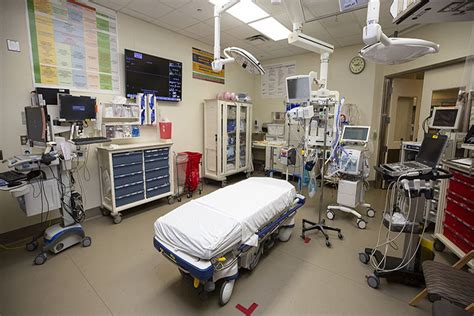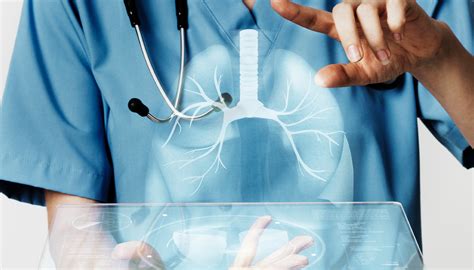Intro
Discover the 5 types of patients in ICU, including those requiring mechanical ventilation, cardiac support, and neurological care. Learn about the different levels of care and interventions for critically ill patients, including hemodynamic monitoring and life-sustaining therapies, to improve patient outcomes in intensive care units.
The Intensive Care Unit (ICU) is a highly specialized department in a hospital that provides intensive care to patients who are critically ill or injured. The ICU is equipped with advanced life-support systems and staffed by a team of highly trained healthcare professionals, including doctors, nurses, and respiratory therapists. Patients in the ICU are closely monitored and receive around-the-clock care to ensure their condition is stabilized and they receive the best possible outcome.
Patients in the ICU can be broadly categorized into five types based on their medical condition, treatment requirements, and level of care needed. Understanding these categories can help healthcare professionals develop effective care plans and provide personalized attention to each patient.

1. Cardiovascular Patients
Cardiovascular patients are those who have conditions affecting the heart and blood vessels. These conditions can include heart attacks, cardiac arrests, heart failure, and arrhythmias. Patients with cardiovascular conditions often require close monitoring of their heart rate, blood pressure, and oxygen saturation levels. They may also require medications to manage their condition, such as beta blockers, ACE inhibitors, and anti-arrhythmic medications.
Cardiovascular patients in the ICU may require invasive monitoring, such as arterial lines and pulmonary artery catheters, to closely track their blood pressure and cardiac output. They may also require mechanical ventilation to support their breathing and oxygenation.
Types of Cardiovascular Patients in ICU:
- Post-myocardial infarction (heart attack) patients
- Patients with heart failure
- Patients with cardiac arrhythmias (abnormal heart rhythms)
- Patients with cardiogenic shock (low blood pressure due to heart failure)
2. Respiratory Patients
Respiratory patients are those who have conditions affecting the lungs and airways. These conditions can include chronic obstructive pulmonary disease (COPD), pneumonia, acute respiratory distress syndrome (ARDS), and status asthmaticus. Patients with respiratory conditions often require oxygen therapy and may require mechanical ventilation to support their breathing.
Respiratory patients in the ICU may require non-invasive ventilation, such as bilevel positive airway pressure (BiPAP) or continuous positive airway pressure (CPAP), to support their breathing. They may also require medications to manage their condition, such as bronchodilators and corticosteroids.

Types of Respiratory Patients in ICU:
- Patients with COPD exacerbations
- Patients with pneumonia
- Patients with ARDS
- Patients with status asthmaticus
3. Neurological Patients
Neurological patients are those who have conditions affecting the brain and nervous system. These conditions can include stroke, traumatic brain injury, spinal cord injury, and seizures. Patients with neurological conditions often require close monitoring of their neurological status, including their level of consciousness, pupillary response, and motor function.
Neurological patients in the ICU may require invasive monitoring, such as intracranial pressure (ICP) monitoring, to closely track their intracranial pressure. They may also require medications to manage their condition, such as anticonvulsants and sedatives.
Types of Neurological Patients in ICU:
- Patients with ischemic or hemorrhagic stroke
- Patients with traumatic brain injury
- Patients with spinal cord injury
- Patients with seizures or status epilepticus
4. Trauma Patients
Trauma patients are those who have injuries resulting from accidents, violence, or other traumatic events. These injuries can include fractures, lacerations, and internal injuries. Patients with traumatic injuries often require close monitoring of their vital signs, including their heart rate, blood pressure, and oxygen saturation levels.
Trauma patients in the ICU may require invasive monitoring, such as arterial lines and central venous catheters, to closely track their blood pressure and fluid status. They may also require medications to manage their pain and anxiety.

Types of Trauma Patients in ICU:
- Patients with multiple fractures
- Patients with severe lacerations or burns
- Patients with internal injuries (e.g., splenic rupture)
- Patients with head or spinal cord injuries
5. Post-Surgical Patients
Post-surgical patients are those who have undergone surgery and require close monitoring and care in the ICU. These patients may have undergone major surgery, such as cardiac or neurosurgery, and require close monitoring of their vital signs and surgical site.
Post-surgical patients in the ICU may require invasive monitoring, such as arterial lines and central venous catheters, to closely track their blood pressure and fluid status. They may also require medications to manage their pain and anxiety.
Types of Post-Surgical Patients in ICU:
- Patients who have undergone cardiac surgery
- Patients who have undergone neurosurgery
- Patients who have undergone major abdominal surgery
- Patients who have undergone orthopedic surgery
In conclusion, patients in the ICU can be broadly categorized into five types based on their medical condition, treatment requirements, and level of care needed. Understanding these categories can help healthcare professionals develop effective care plans and provide personalized attention to each patient.
What is the main goal of ICU care?
+The main goal of ICU care is to provide close monitoring and supportive care to critically ill patients, with the goal of stabilizing their condition and improving their outcome.
What are the different types of patients in the ICU?
+There are five main types of patients in the ICU: cardiovascular patients, respiratory patients, neurological patients, trauma patients, and post-surgical patients.
What is the role of invasive monitoring in ICU care?
+Invasive monitoring, such as arterial lines and central venous catheters, allows healthcare professionals to closely track a patient's vital signs and fluid status, enabling them to make informed decisions about their care.
